When it comes to Bangladeshi cuisine it is amazing just how many people have either not heard of it, dismiss it, or just think of it as a regional variation of Indian food.
In fact not only is this a gross misrepresentation of Bangladeshi cuisine, but much like in places like Cambodia, or Korea it is overshadowed by more famous neighbors, Bengali cuisine might just be one of the best kept culinary secrets on the planet.
What the Bangladeshi Cuisine?
Bangladeshi cuisine has roots that stretch back centuries, blending local ingredients with Persian, Mughal, and colonial influences. It has always been defined by rivers, rice, and ritual. The vast delta that makes up the country means fish is central, with hilsa fish practically a national obsession. But the cuisine is not just about fish curry.
It is layered, complex, and built around rice, lentils, vegetables, and a vast range of spice blends that are fresher and more restrained than in neighbouring India. What’s particularly odd is that Bangladeshi food is probably the most eaten “Indian” cuisine in the UK, as many of the so-called British-Indian restaurants are actually run by Bangladeshis from Sylhet.
So, while many in the West think they know what Indian food tastes like, they have probably already been loving Bangladeshi food for years without even knowing it.
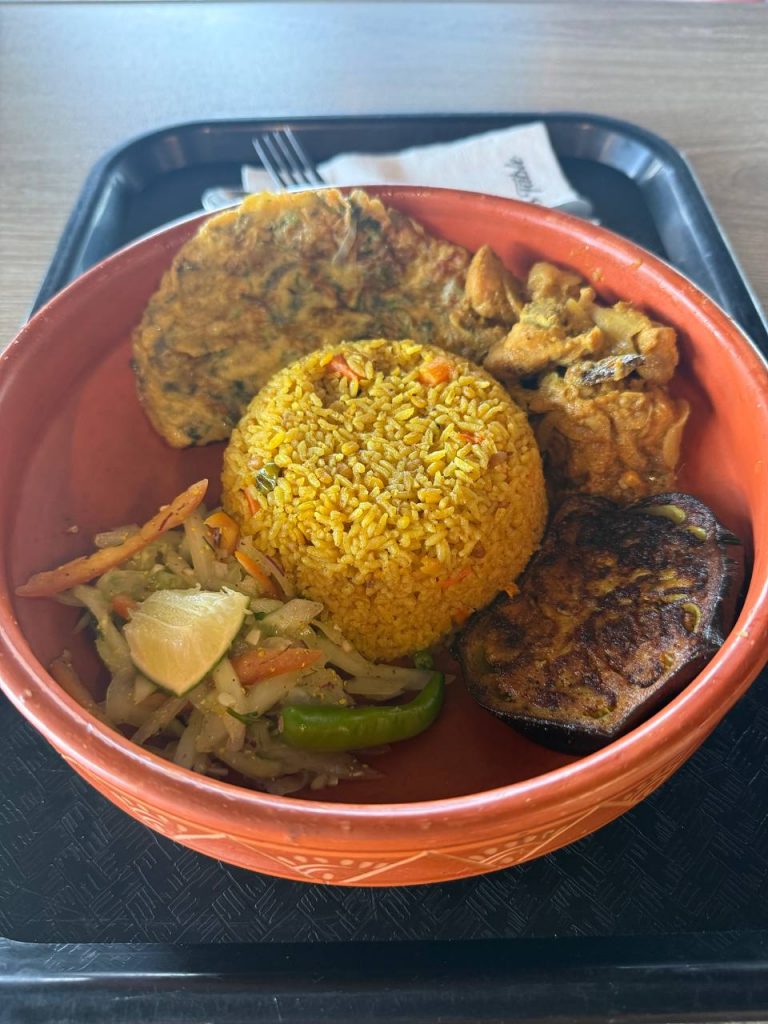
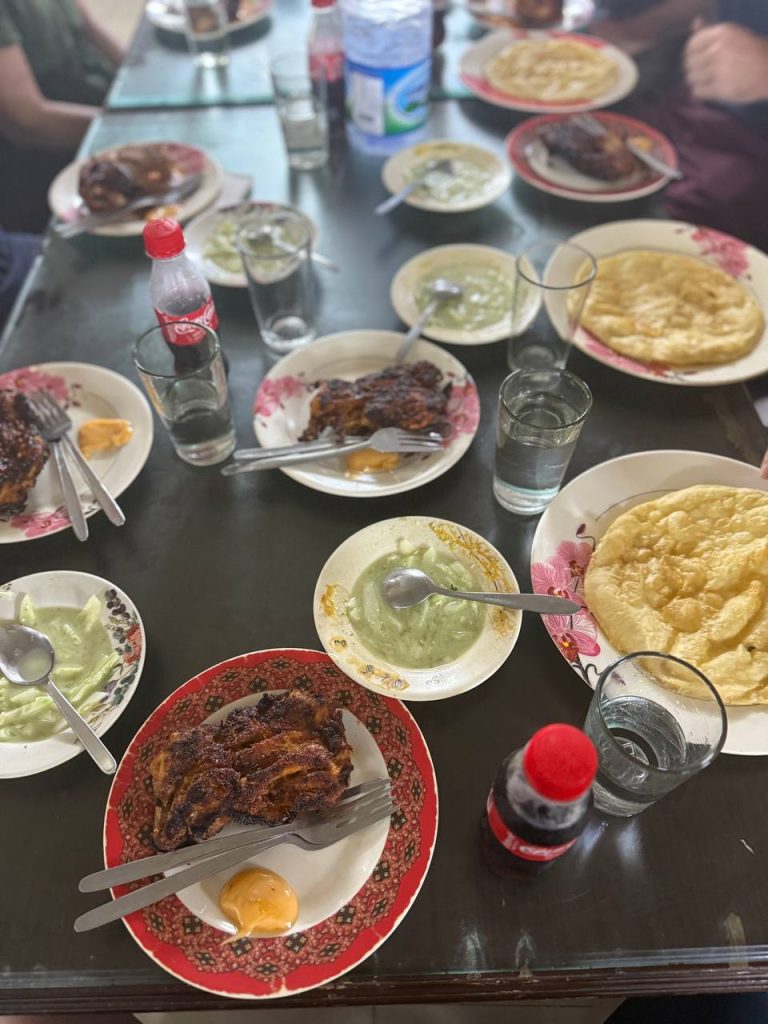
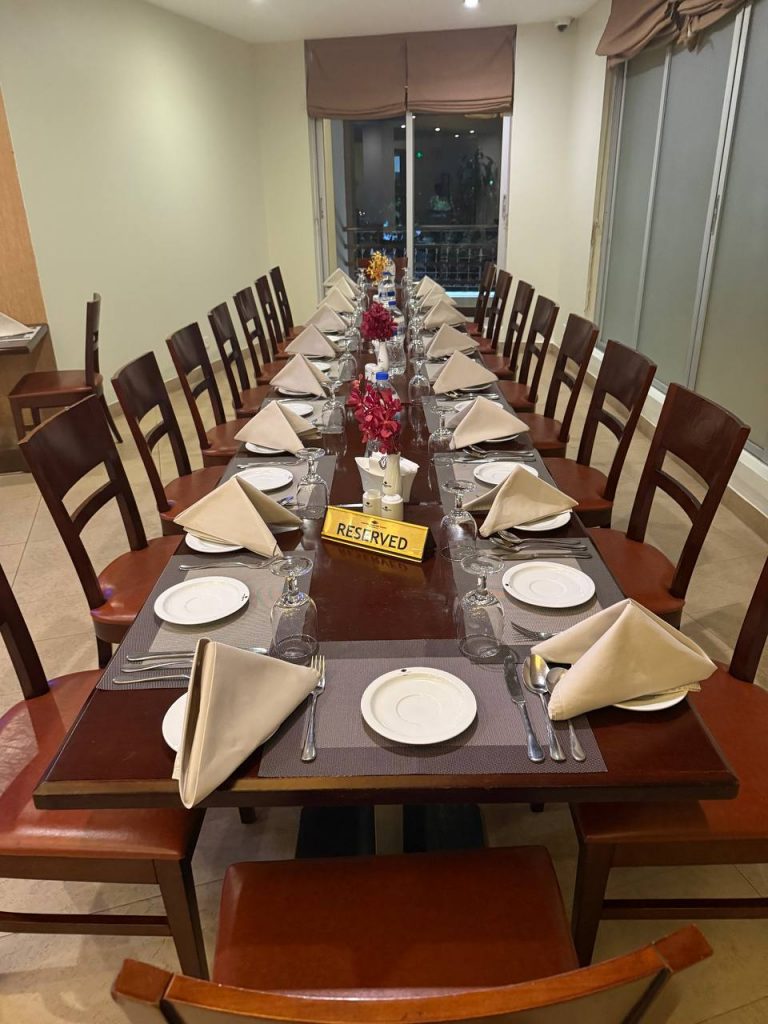
What’s the Difference Between Indian and Bengali Cuisine?
The key difference between Indian and Bangladeshi cuisine is that they are two distinct culinary traditions with some crossover but very different vibes. While Indian cuisine tends to go heavy on dairy, paneer, and tomato-based curries, Bangladeshi food is more reliant on mustard oil, fresh green chillies, and a slower, more subtle layering of spices.
Meat is big in both, but in Bangladesh beef and duck are much more common. There’s also a national obsession with river fish, and a serious pride in home-cooked vegetables, dal, and bhartas (mashed spiced mixes).
Then there is the cultural and culinary link between Bangladesh and West Bengal in India. The two share a language and a deep culinary heritage, especially when it comes to sweets like roshogolla and sandesh. But even there, the Bangladeshi versions tend to go harder on the richness and texture, with even more emphasis on jaggery and full cream milk.
Bangladeshi Cuisine
At its core, Bangladeshi cuisine revolves around rice and curry. Not just one curry, but many different curries on one plate, often served with a mix of mashed vegetables (bharta), lentils (dal), pickles, and something fried.
Meals can be simple or complex, and even a basic one feels like a small banquet. Spice is used generously but not overpoweringly, and each dish is cooked with intention. Mustard seeds, nigella, garlic, turmeric, and green chilli are staples.
This is a cuisine of layering, balance, and depth. You will not find ten curries that taste the same. There is a rhythm to the meal, and the hospitality is next level. Most dishes are served with love and questions about whether you want more. The answer is usually yes.
Fruit in Bangladeshi Cuisine
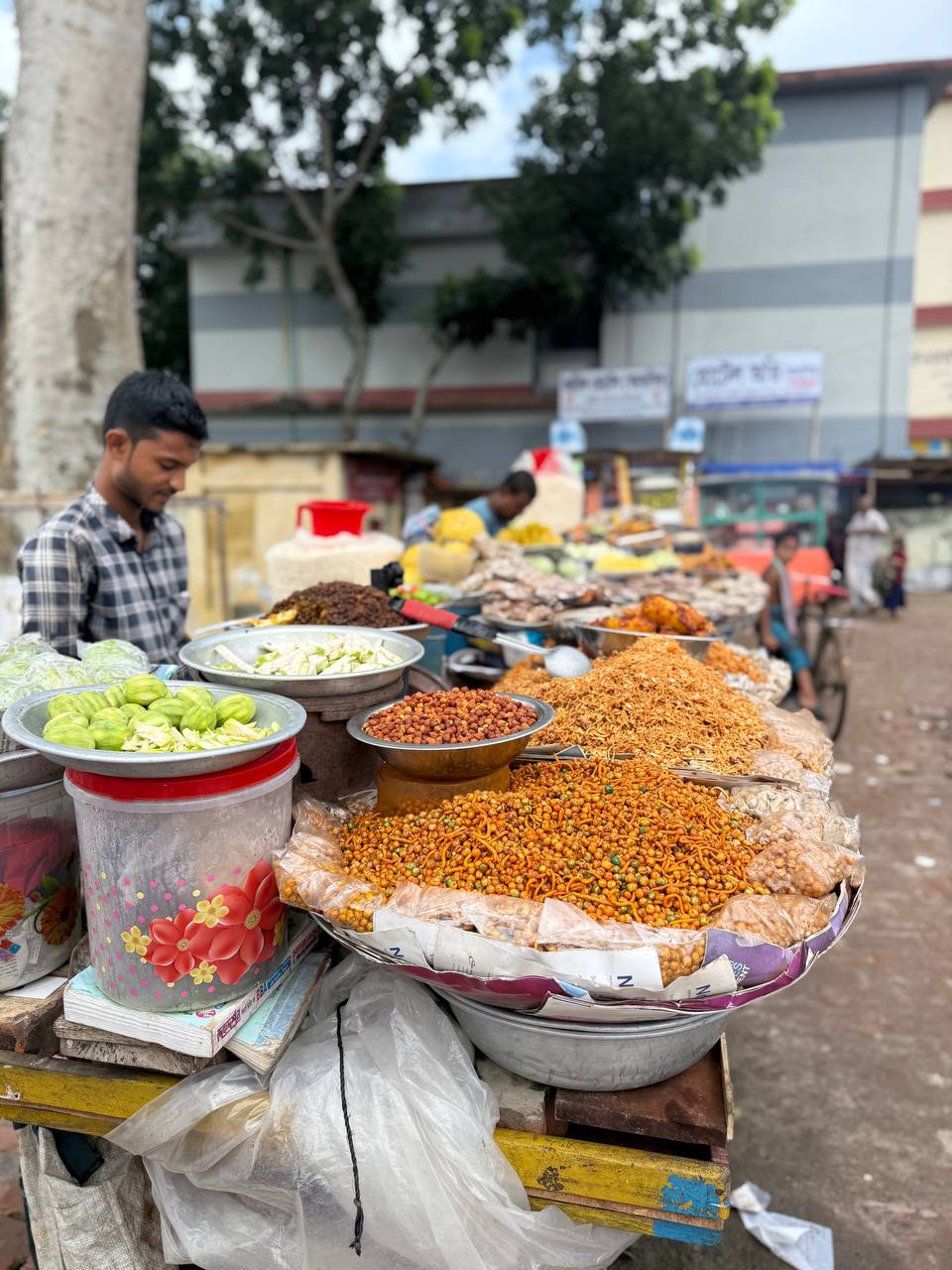
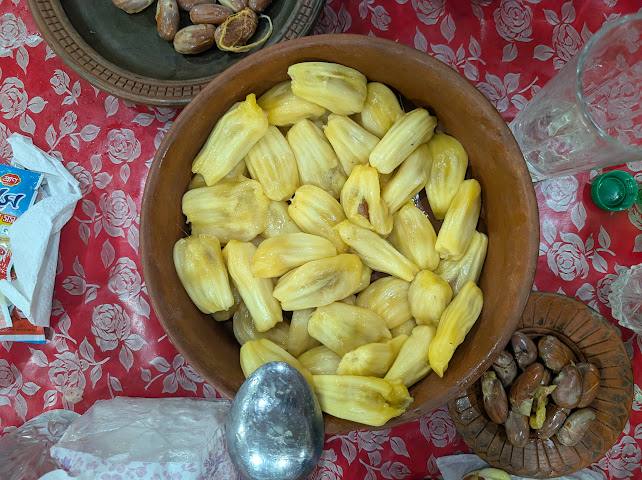
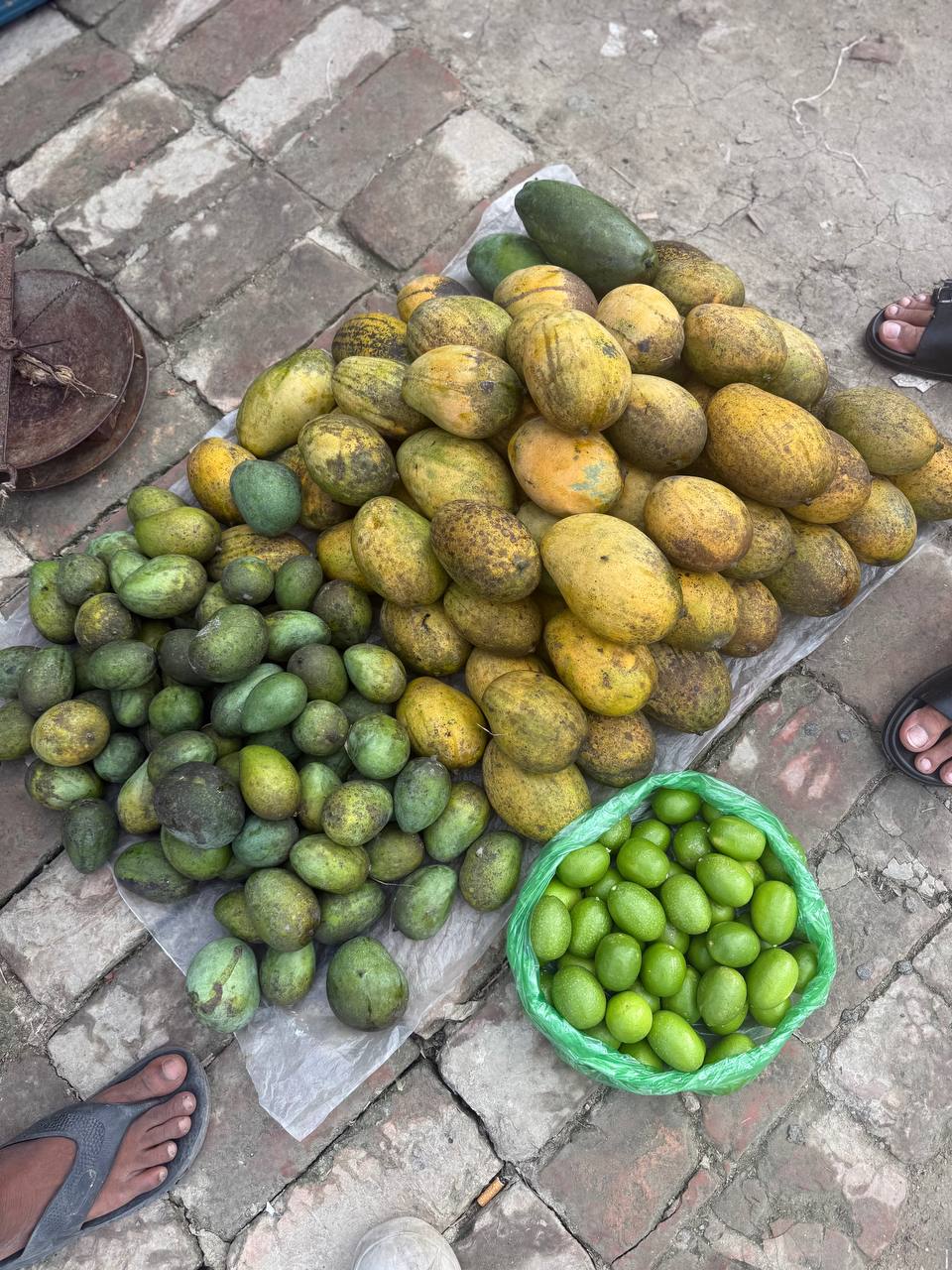
You might think Bangladeshi food is just a river of curries, but fruit plays a massive role. This is a country obsessed with seasonal produce, and when the mangoes hit, it is borderline religious.
Jackfruit, lychees, guava, green mango, papaya, starfruit, and coconut all feature heavily. Mangoes are so good they will make you emotional. Fruit is eaten fresh, pickled, curried, and blended into drinks and desserts. There is also a thing for tamarind and sour fruit chutneys that give a zesty kick to otherwise heavy meals.
This is not a side thought or garnish culture. Fruit is front and centre in Bangladeshi food and a serious part of daily life.
Ten Must Try Bengali Dishes
How to pick 10 must try foods from Bangladesh? Well I am not gonna lie, but it was bloody hard. I have though put in the effort and strain on my belly to pull it through. Counting from 10 to 1, this is very much in order.
10. Shorshe Ilish – Hilsa fish in mustard curry, the national dish and dangerously moreish.
9. Begun Bharta – Smoked mashed aubergine with mustard oil and chilli, addictive and rustic.
8. Patla Khichuri – Comforting rice and lentil porridge often served with fried eggplant and boiled egg.
7. Morog Polao – Delicate chicken pilaf cooked with aromatic rice and whole spices.
6. Chingri Malai Curry – Prawns cooked in a creamy coconut milk gravy that tastes way more expensive than it is.
5. Shutki Bhuna – Fermented dried fish curry, pungent but properly delicious if you are brave enough.
4. Dim Bhuna – Spicy egg curry, the workhorse of every home kitchen and far better than it sounds.
3. Doi (Bengali Yoghurt) – Set yoghurt that is sweet, tangy, and often served in clay pots.
2. Aloo Bhaji – Fried spiced potatoes, eaten at every time of day, from breakfast to midnight snack. Probably my favorite on the list.
1. Beef Rezala – Tender beef in a rich, slightly sweet, creamy gravy. This is the king.
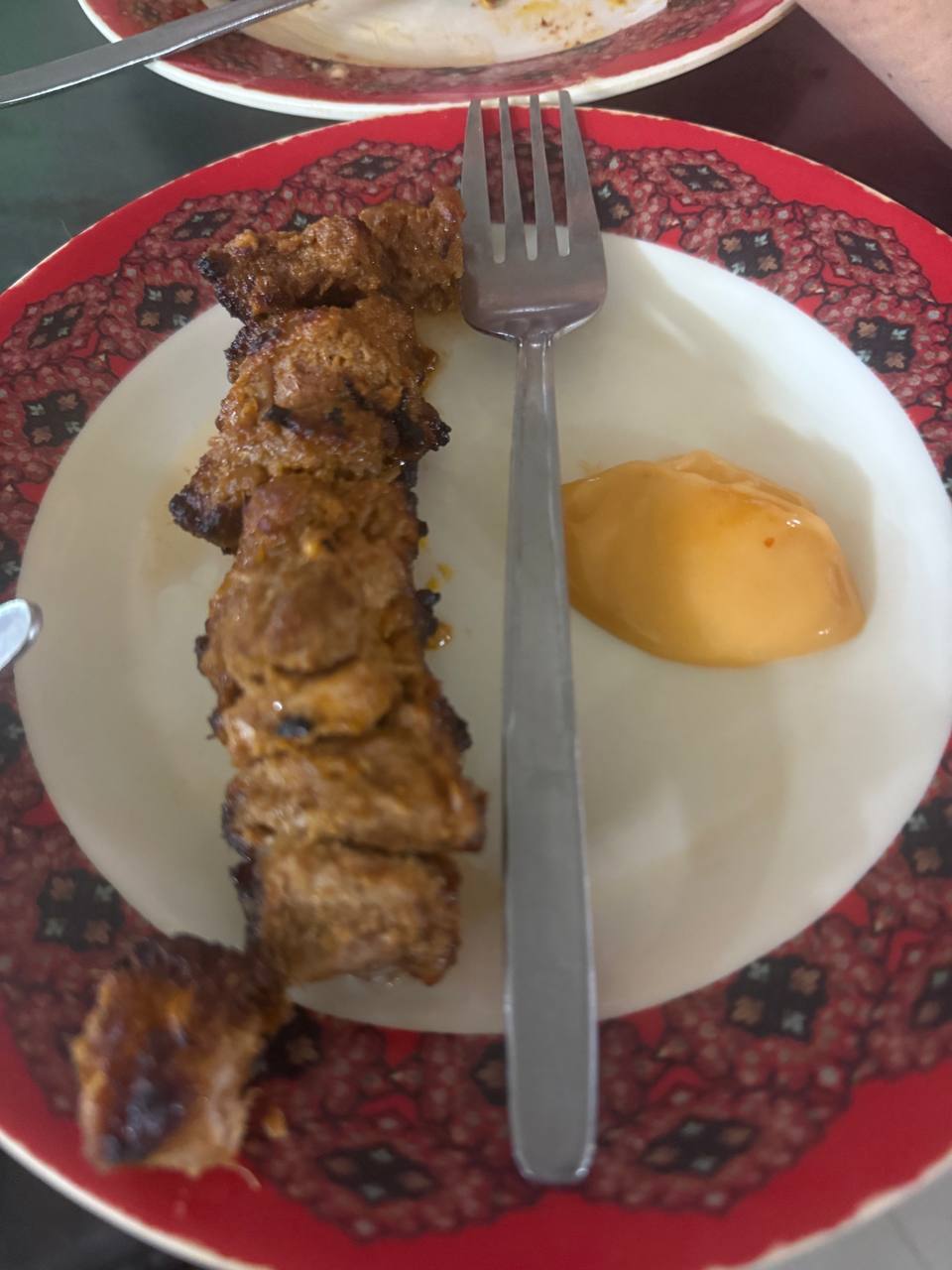
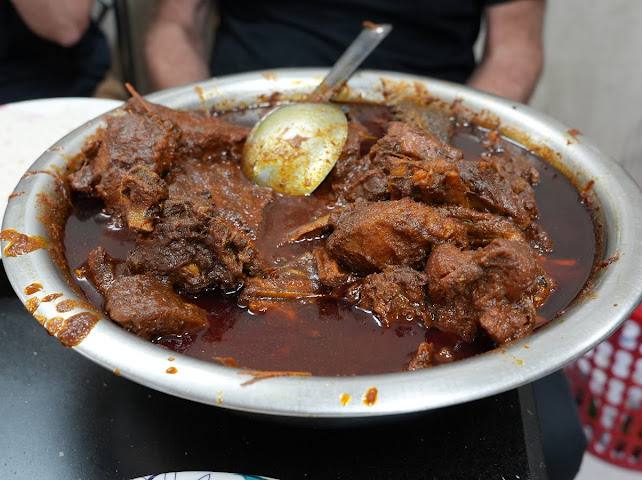
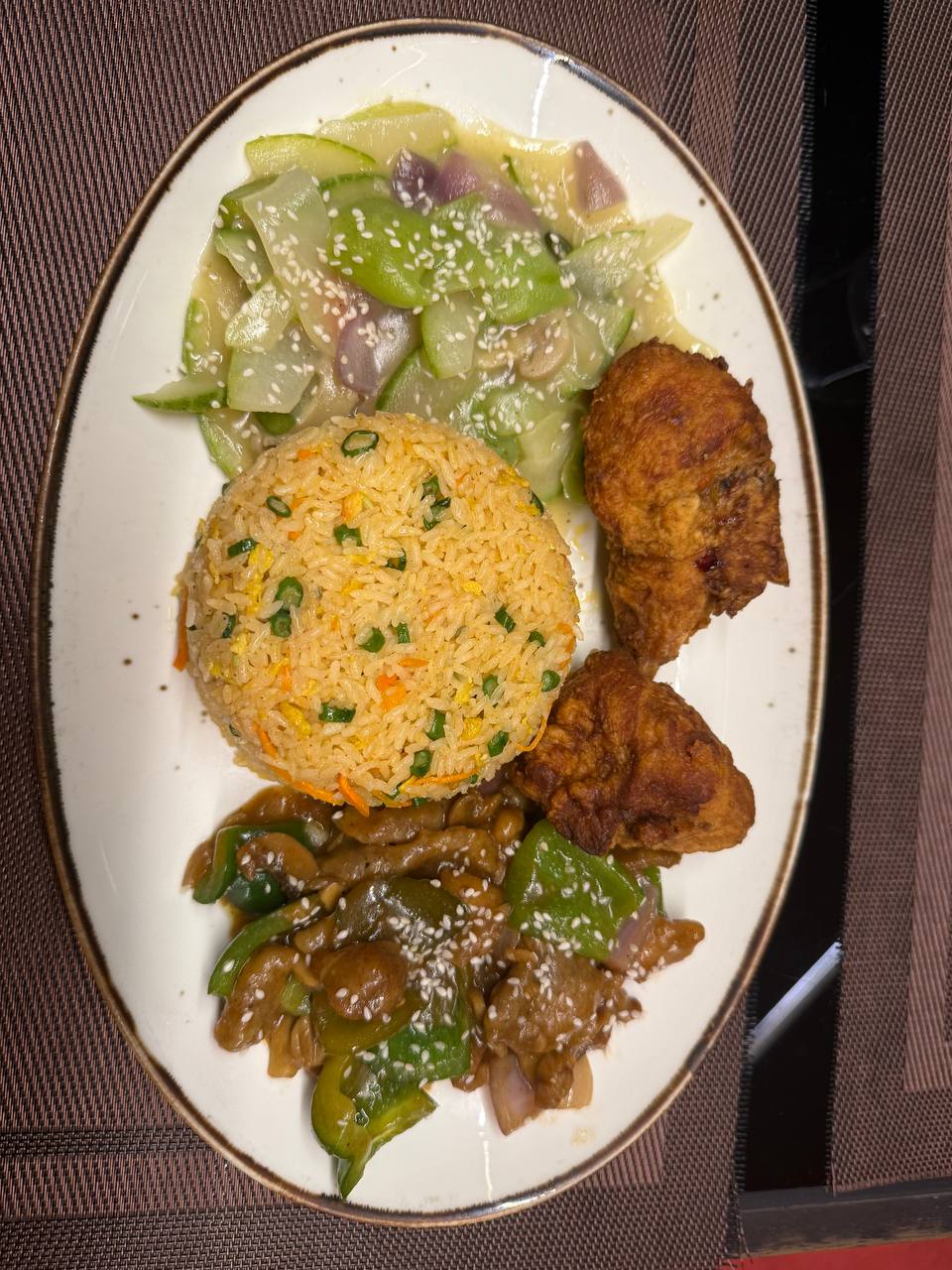
Five Street Food Bangladesh Dishes
I will write an article about the Bangladeshi street food in my other street food guy persona at some point, but I will make no bones here when I say that it is one of the best in the world.
This is because not only is it everywhere and bloody cheap, but they have some real local specialities. So, again and very much in order here’s 5 must try street food dishes from Bangladesh.
5. Fuchka – Bengal’s take on pani puri. Hollow balls stuffed with tamarind water, chickpeas, and mashed potato.
4. Singara – Deep-fried pastry triangles filled with spiced potato or lentils. Addictive and usually under 10 cents.
3. Egg Chop – Hard-boiled egg wrapped in spiced potato and deep-fried. The ultimate roadside protein hit.
2. Spiced Green/Yellow Mango – Sliced raw mango sprinkled with chilli, salt, and mustard oil. No, this is different to Thailand.
1. Kebab and Paratha – Late-night classic of beef kebabs grilled fresh and slapped into a flaky paratha. Greasy heaven.

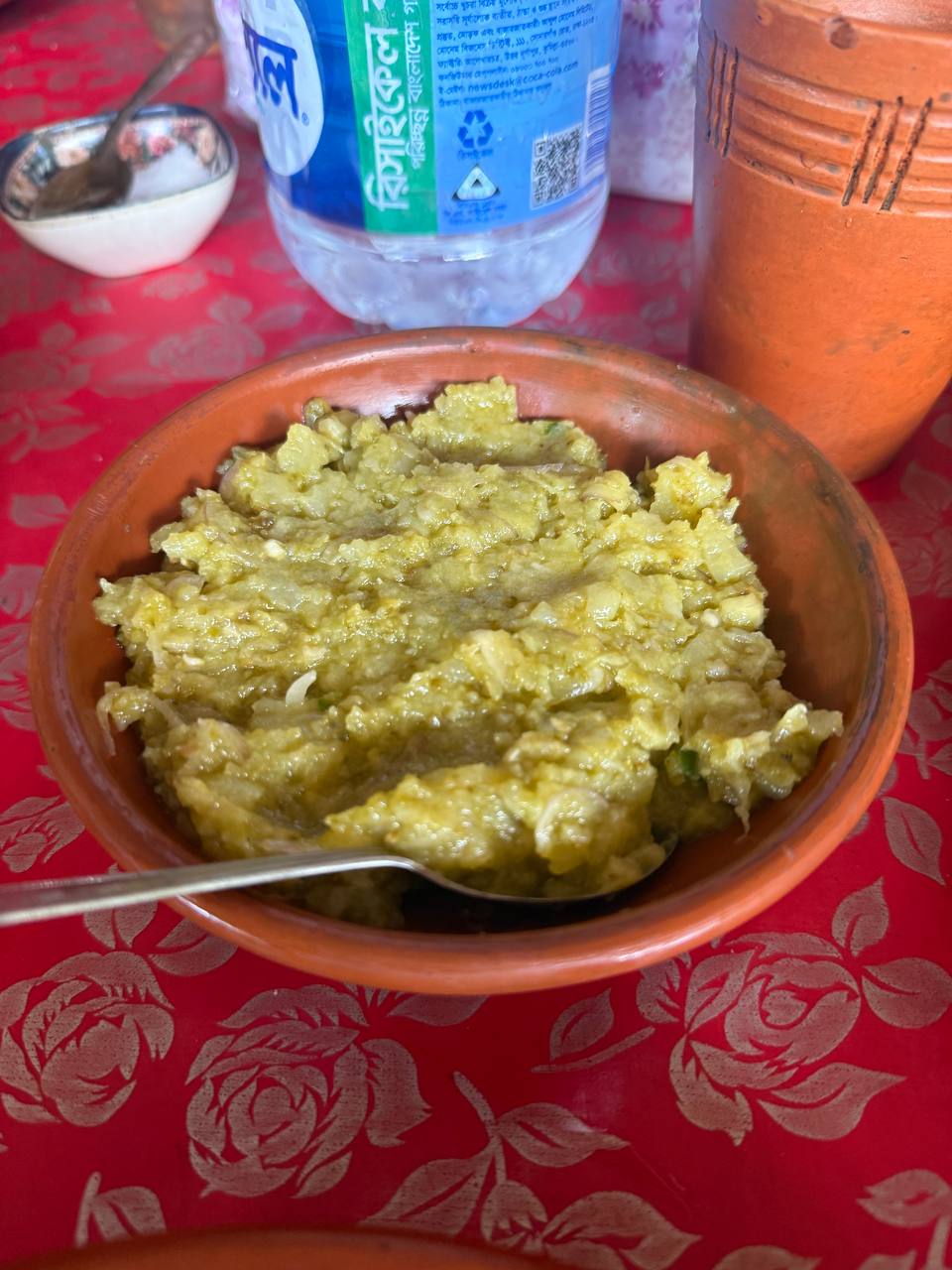
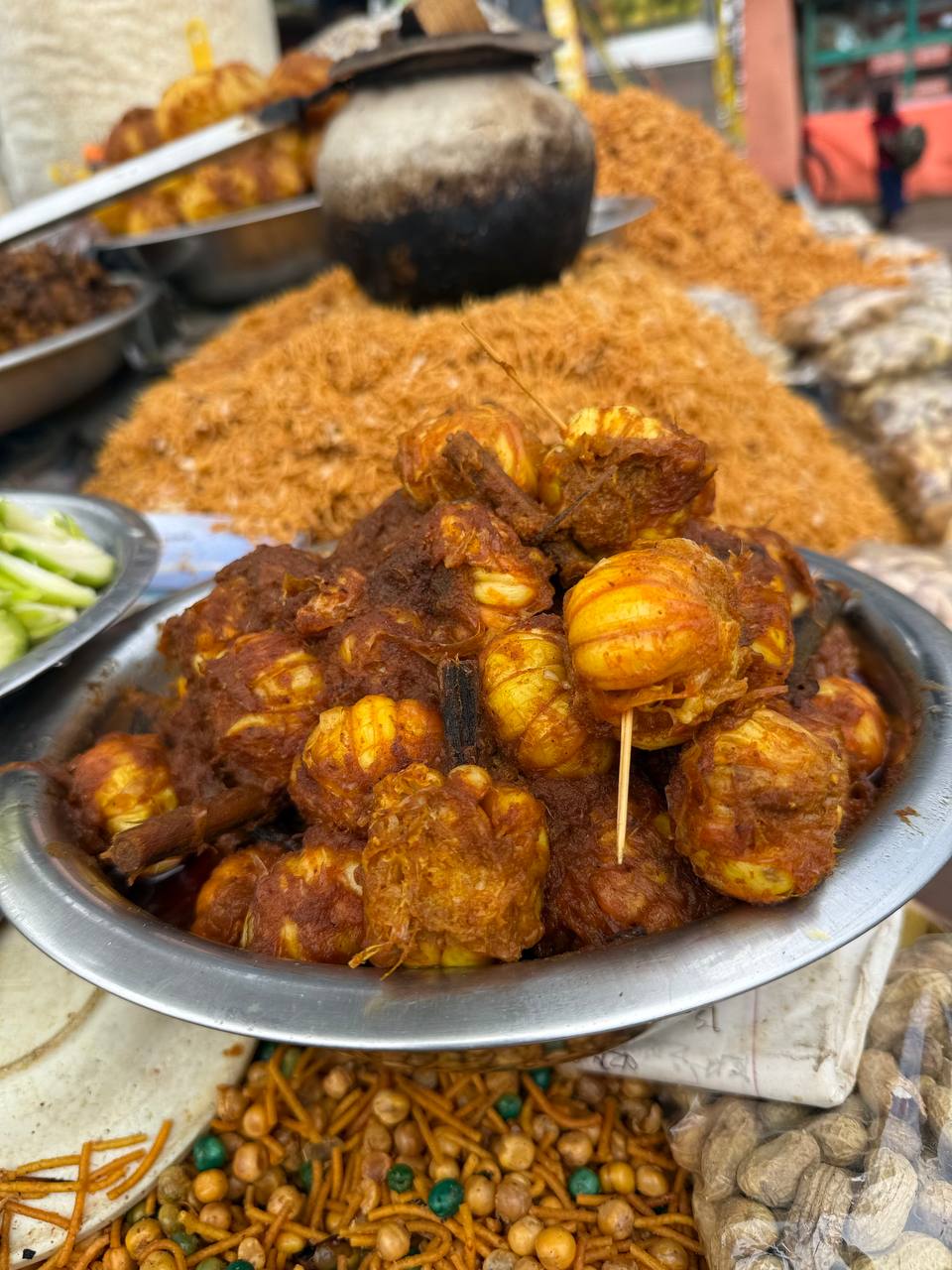
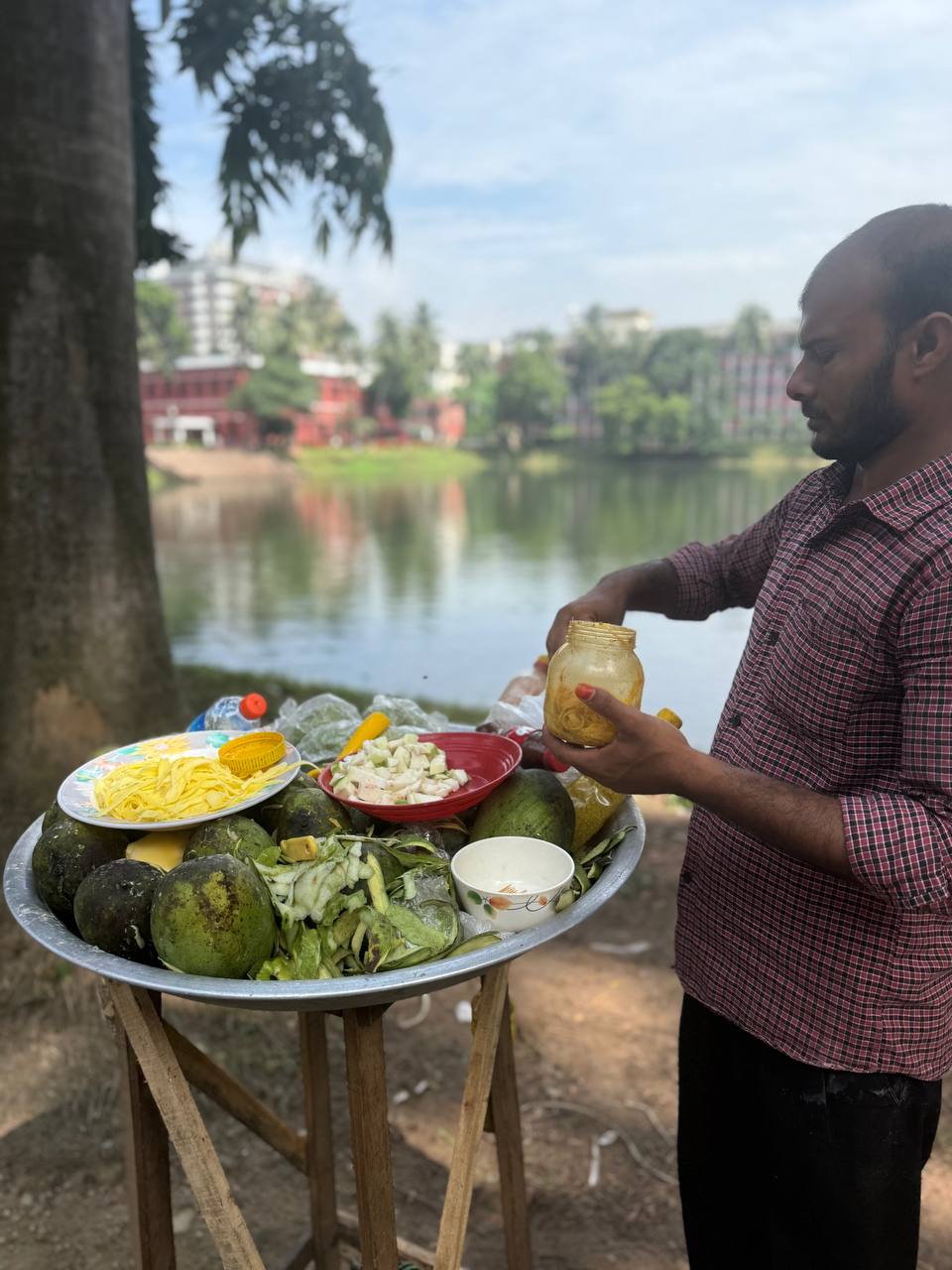
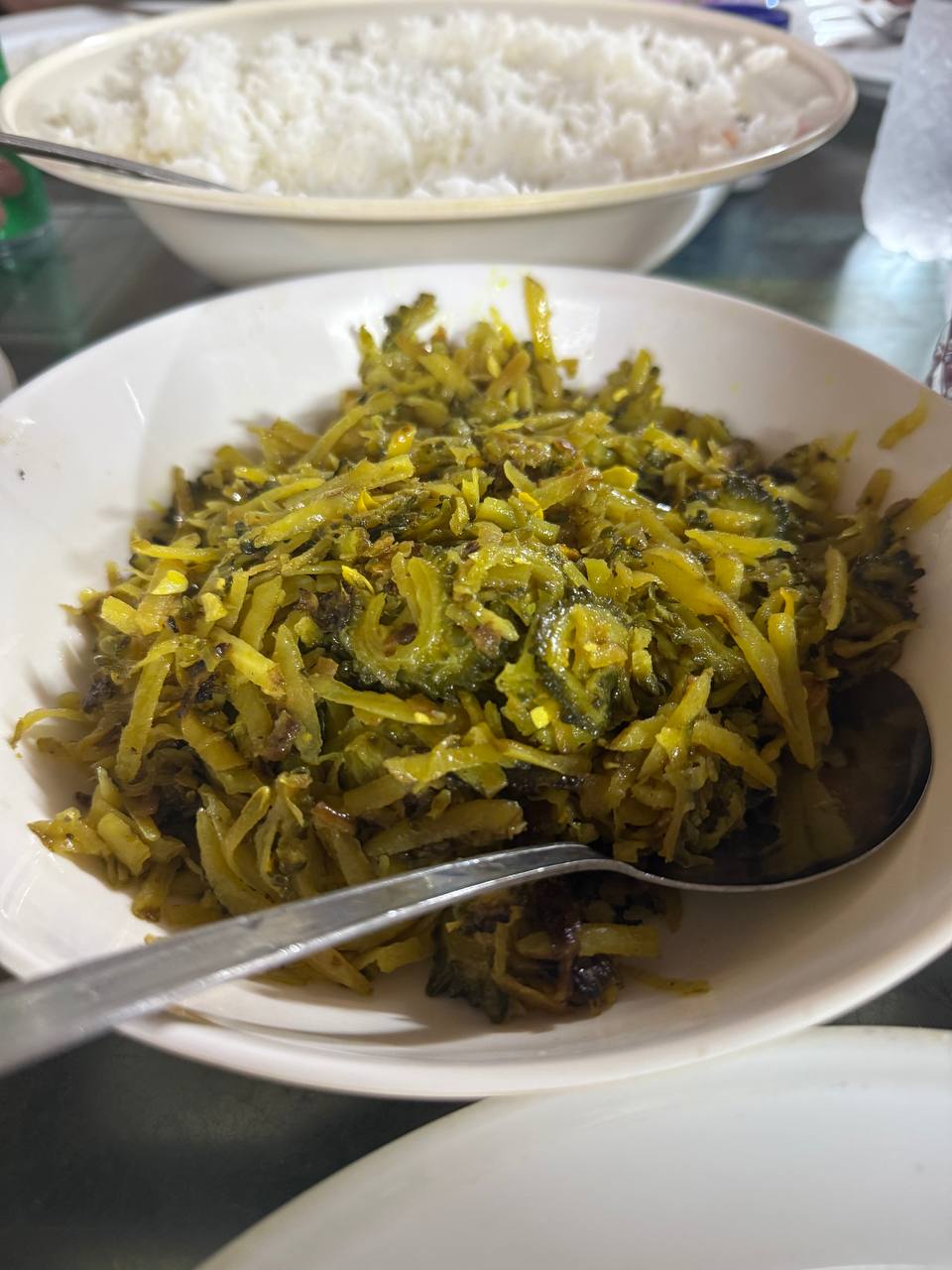
5 Must Try Drinks in Bangladesh
I will answer the question of if you can drink in Bangladesh in a later article, but the long story short is that yes you can. It is though not a real boozy country. That though does not mean there is not a whole heap of great Bengali soft and fruit drinks that you have to try.
Here’s my 5 (it could have easily been 10) drinks in Bangladesh that everyone has to try. Again very much in order written and with the best last.
5. Tamarind Juice – Sweet, sour, slightly salty. Best served ice-cold on a humid day.
4. Sugarcane Juice – Crushed fresh and served with lime and salt. Street-side and incredibly refreshing.
3. Borhani – Spiced yoghurt drink served at weddings, loaded with mint, coriander, and mustard.
2. Lassi – Thicker and tangier than the Indian version. Comes sweet or salty. Both are excellent.
1. Hunter’s Beer – Locally brewed and actually decent. Slightly malty, light, and the beer of choice if you can find it. Looks and tastes like Fosters too.
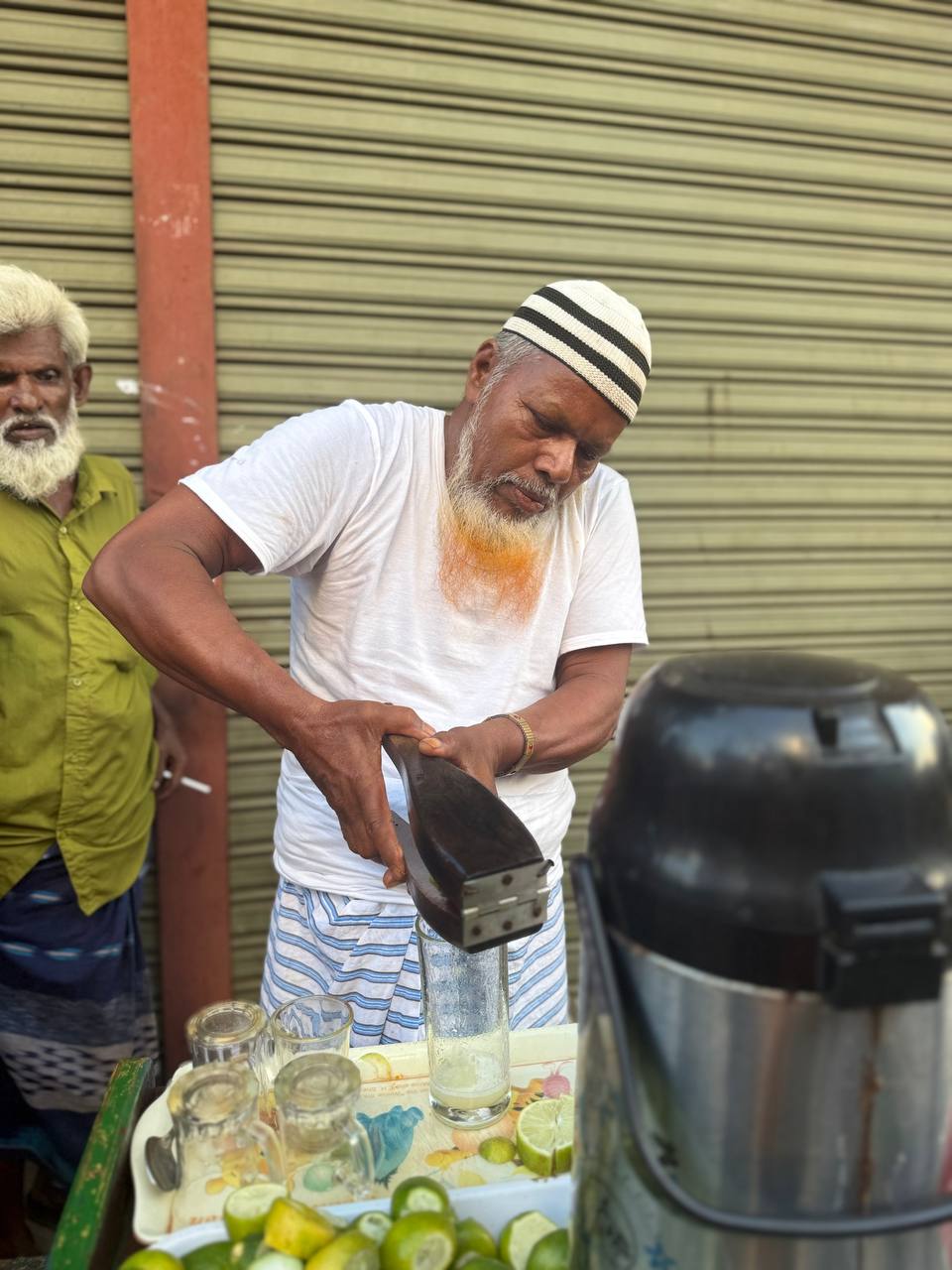
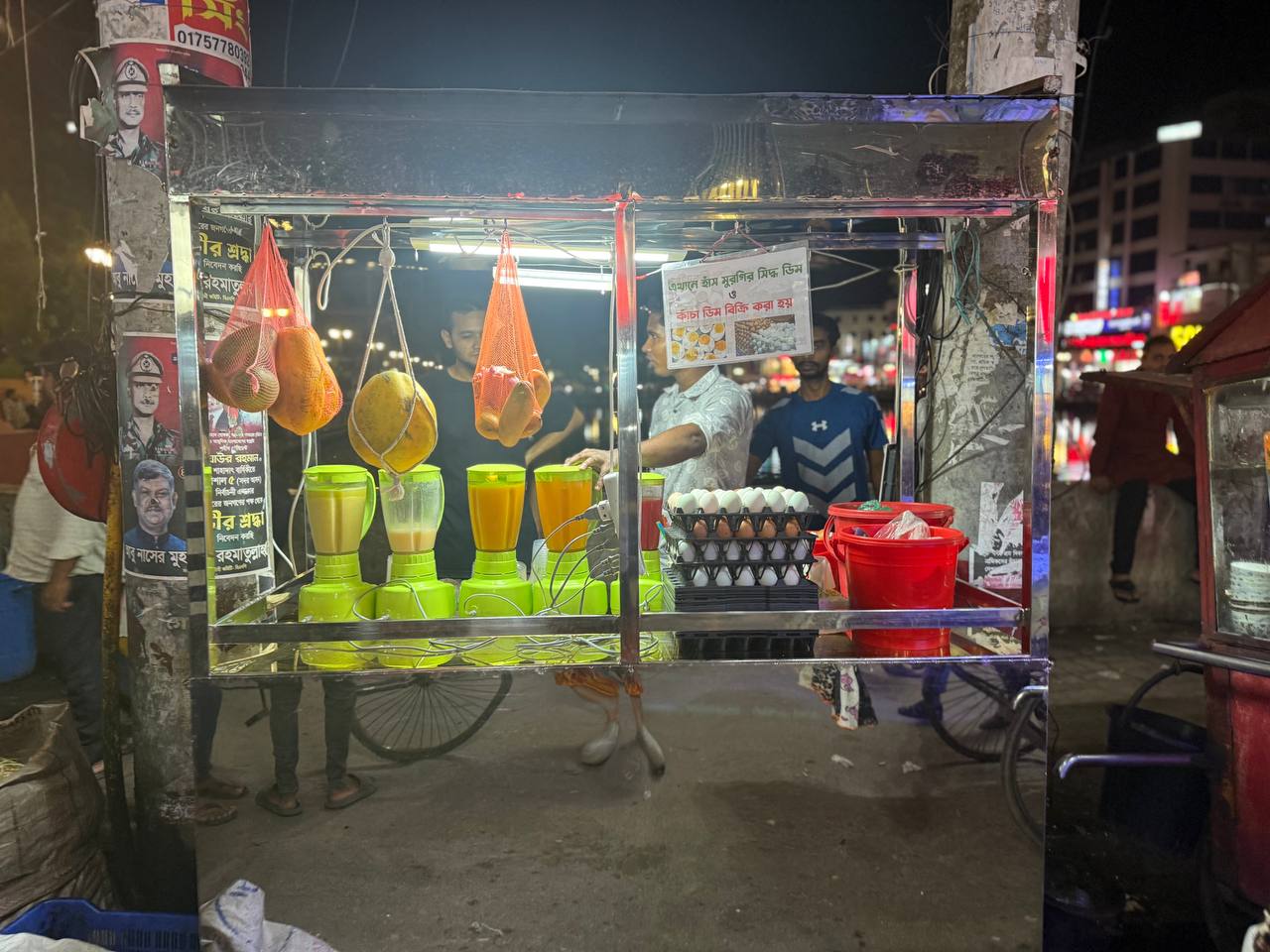
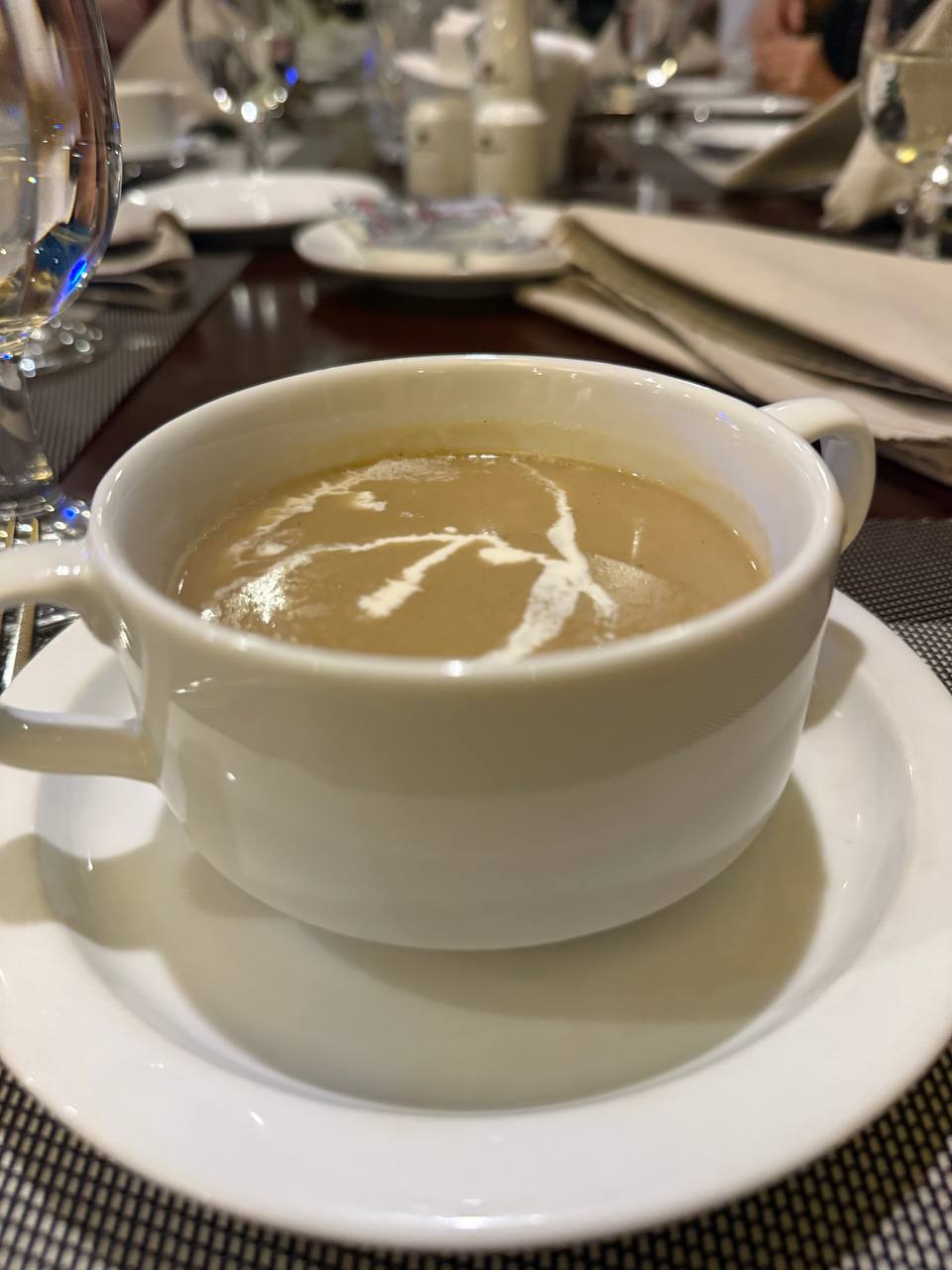

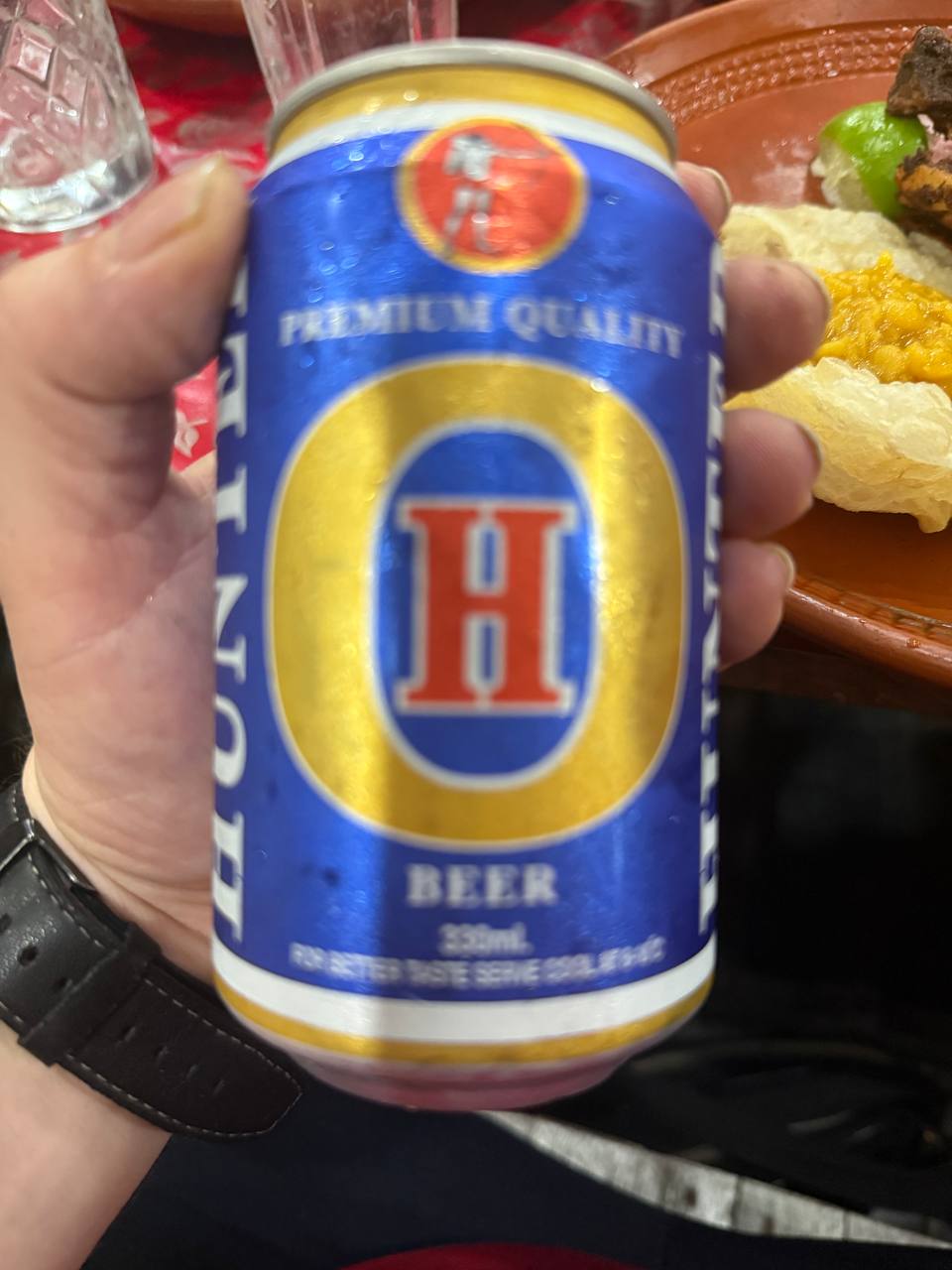
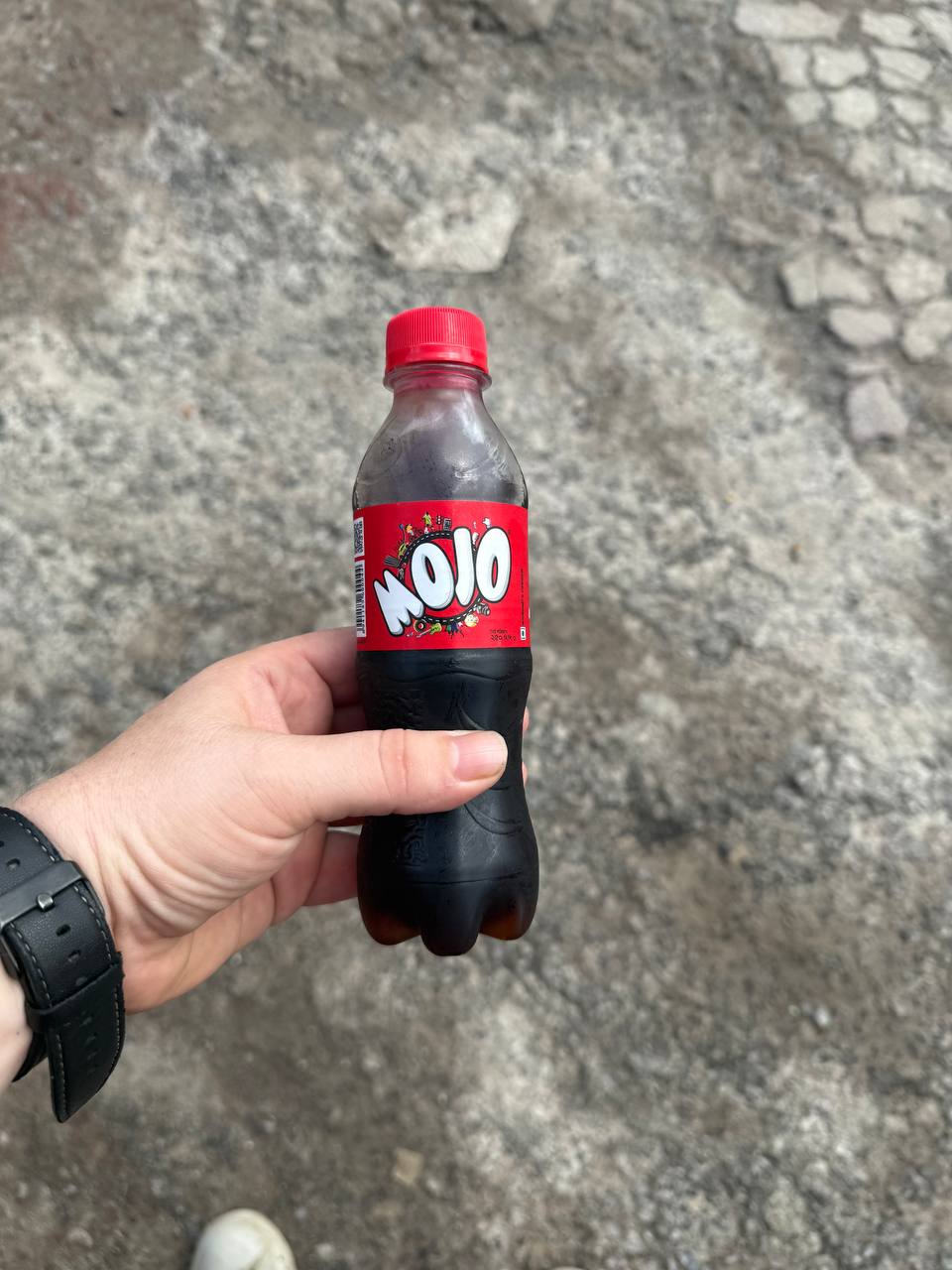
Bonus Round – Mojo Cola
Not sure if we loved this because of the taste, or that we found the name Mojo Cola just funny, but it has to make the list even if in just bonus fashion. Very refreshing and on the face of it almost, if not as big as the Coca-Cola evil empire.
It is also cheap, cold, and sold everywhere from Dhaka’s dusty tea stalls to beach shacks in Cox’s Bazar.
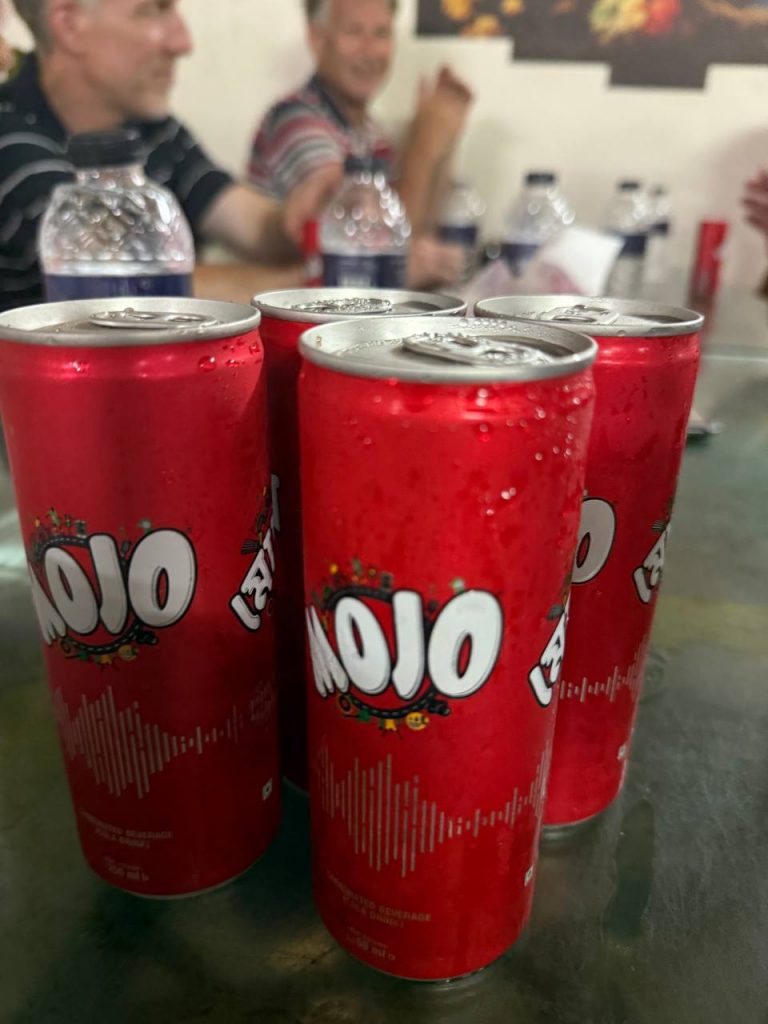
Conclusion on Bangladeshi Cuisine
Not to put too fine a point on it, but after this trip the cuisine of Bangladesh will be greatly elevated when I next decry what I feel is the best cuisines of the world.
In fact it is so good that it is actually worth visiting just for the food. That it is an awesome place too is just the icing on the Bengali Yoghurt.





